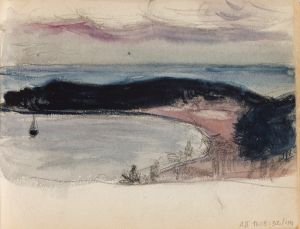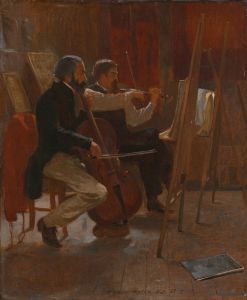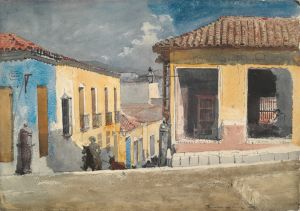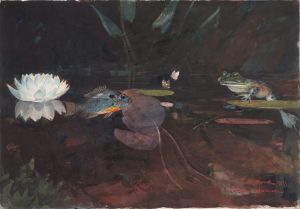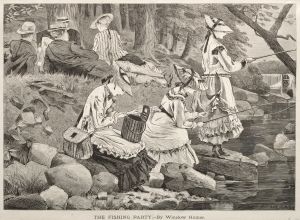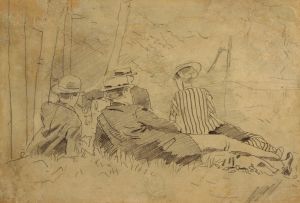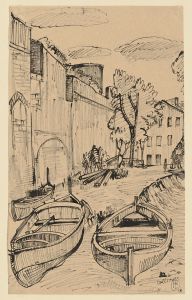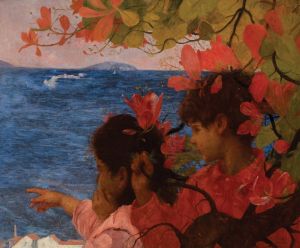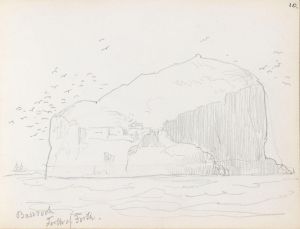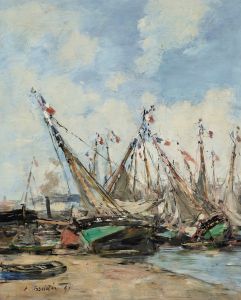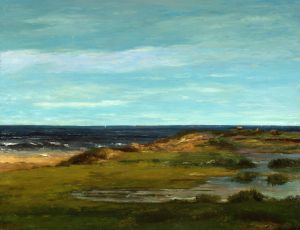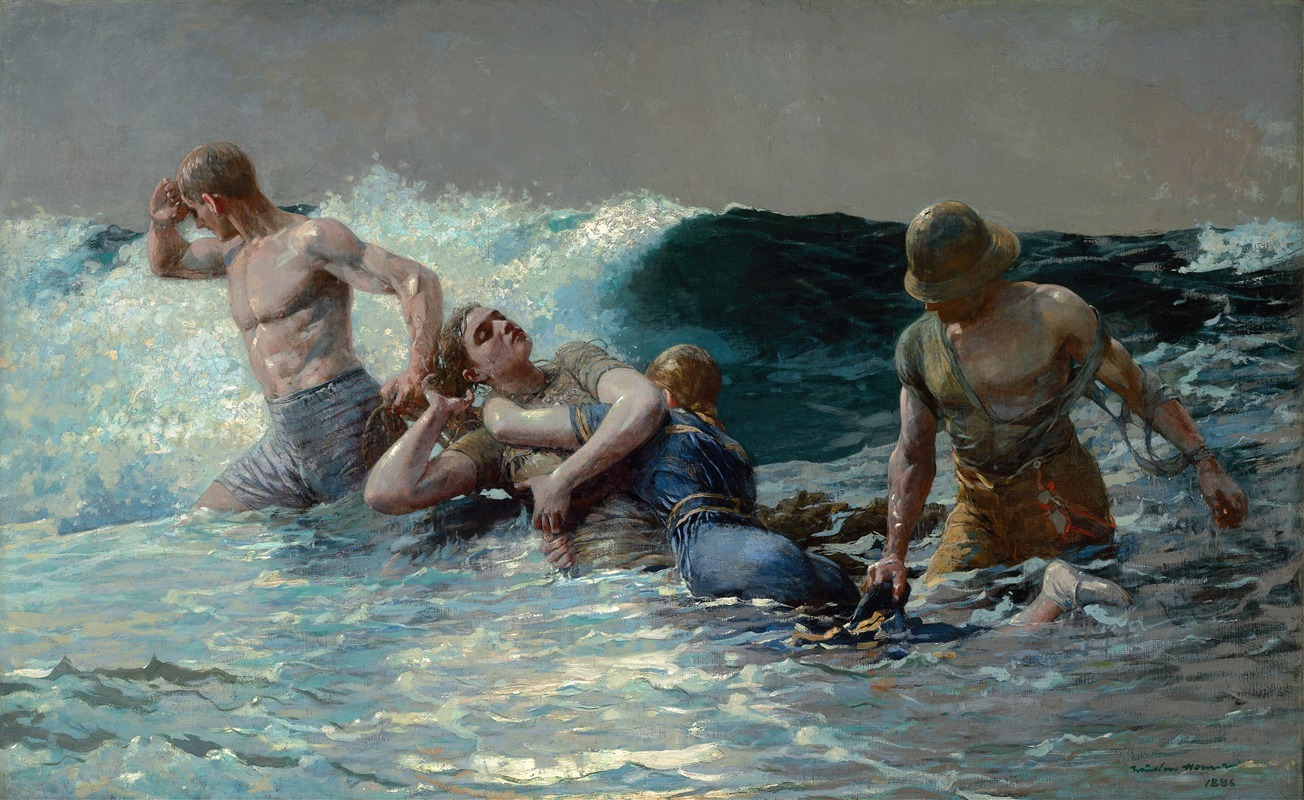
Undertow
A hand-painted replica of Winslow Homer’s masterpiece Undertow, meticulously crafted by professional artists to capture the true essence of the original. Each piece is created with museum-quality canvas and rare mineral pigments, carefully painted by experienced artists with delicate brushstrokes and rich, layered colors to perfectly recreate the texture of the original artwork. Unlike machine-printed reproductions, this hand-painted version brings the painting to life, infused with the artist’s emotions and skill in every stroke. Whether for personal collection or home decoration, it instantly elevates the artistic atmosphere of any space.
"Undertow" is a significant painting by the American artist Winslow Homer, completed in 1886. Homer, known for his powerful and evocative depictions of the American landscape and seascape, created "Undertow" during a period when he was particularly focused on maritime themes. This painting is a testament to his ability to capture the raw power and beauty of the sea, as well as the human struggle against nature.
The painting depicts a dramatic rescue scene on a beach, where two women are being saved from the treacherous pull of the undertow by two strong male figures. The composition is dynamic, with the figures arranged in a diagonal line that conveys movement and urgency. The men, muscular and determined, are shown carrying the women to safety, their bodies straining against the force of the water. The women, in contrast, appear limp and exhausted, emphasizing their vulnerability and the perilous nature of the situation.
Homer's use of color and light in "Undertow" is particularly noteworthy. The palette is dominated by the cool blues and grays of the ocean, contrasted with the warm tones of the figures' skin and the white of the surf. This contrast not only highlights the figures against the turbulent background but also enhances the emotional intensity of the scene. The artist's brushwork is vigorous and expressive, capturing the movement of the water and the tension of the moment.
"Undertow" is often interpreted as a reflection of Homer's interest in the themes of survival and human resilience. The painting was created during a time when Homer was living in Prouts Neck, Maine, a location that provided him with ample inspiration from the rugged coastline and the lives of the fishermen and their families. This environment deeply influenced his work, leading to a series of paintings that explore the relationship between humans and the sea.
The painting was first exhibited at the National Academy of Design in New York in 1886, where it received considerable attention for its dramatic subject matter and technical mastery. Today, "Undertow" is part of the collection at the Clark Art Institute in Williamstown, Massachusetts. It remains one of Homer's most celebrated works, admired for its powerful depiction of human courage and the relentless force of nature.
Winslow Homer (1836-1910) is regarded as one of the foremost painters in 19th-century America, and his works continue to be studied for their innovative approach to composition and their profound emotional depth. "Undertow" exemplifies his skill in portraying the human condition and the natural world with equal intensity and insight.





